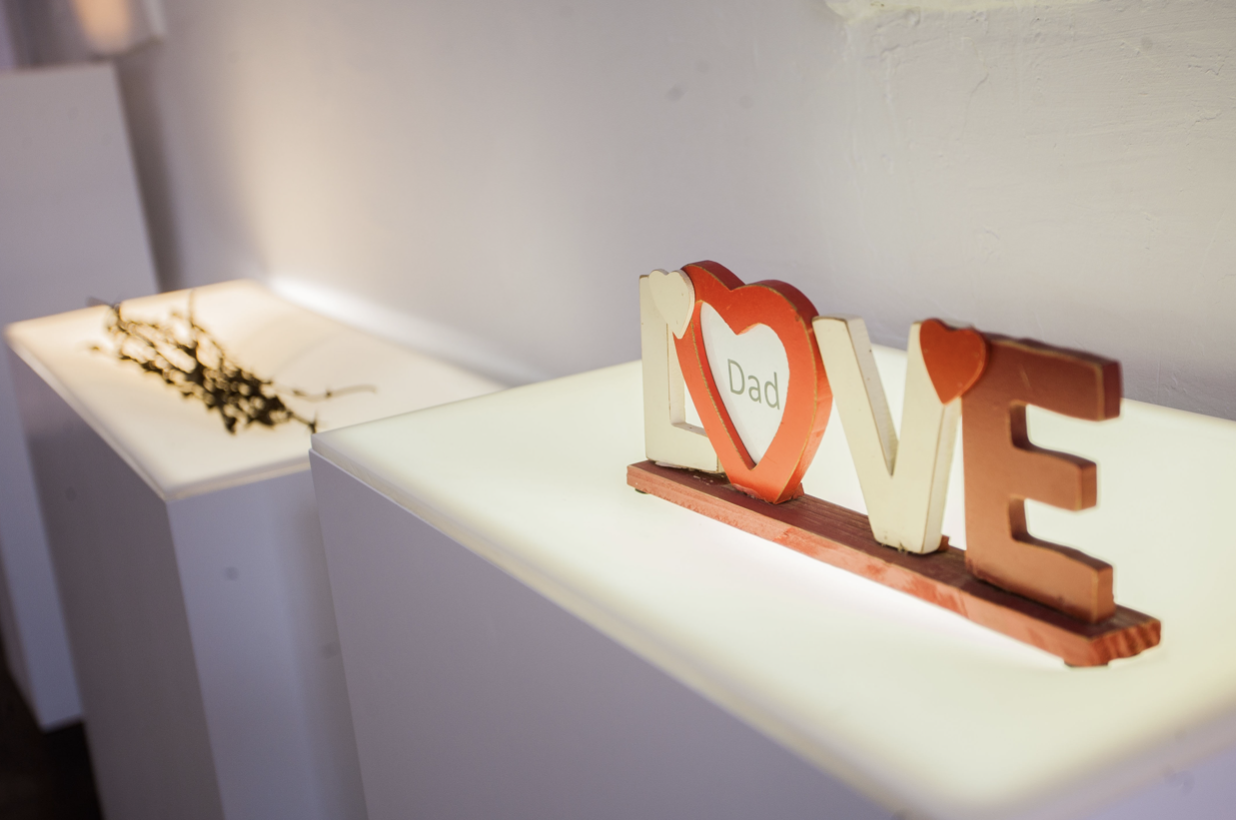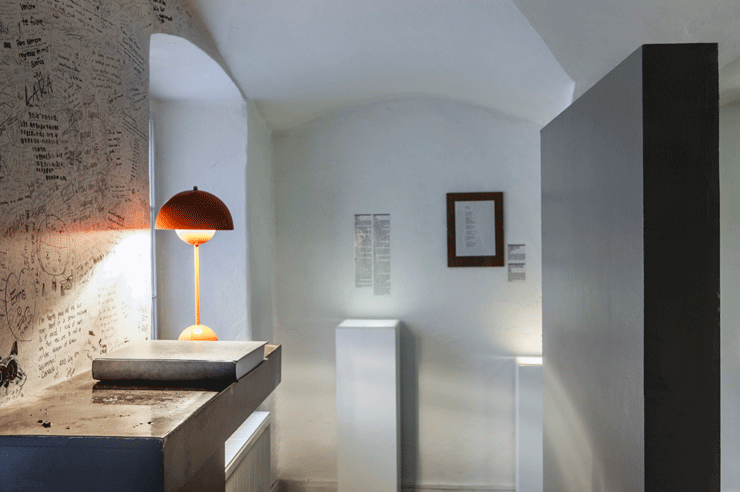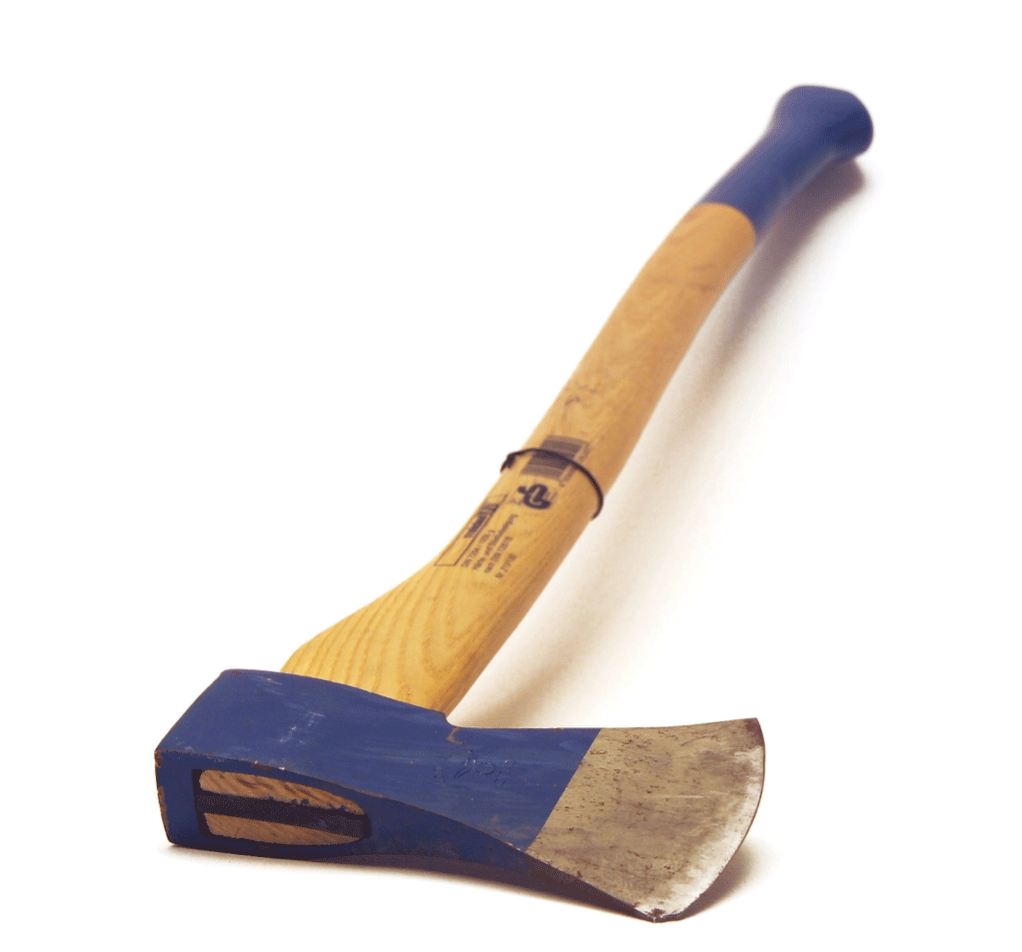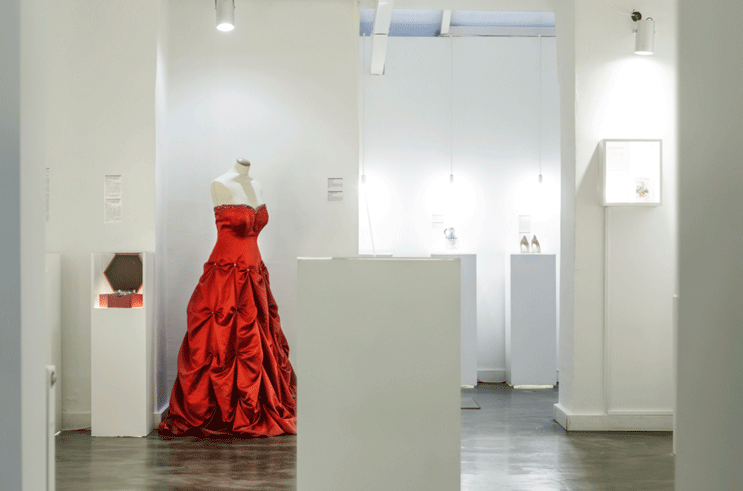Among the long-lived buildings of Zagreb, Croatia, the Museum of Broken Relationships houses tales of lost love. All over the world, people have anonymously sent in everyday objects from their failed relationships: a crossword puzzle, an iron, silicone breast implants. These objects are displayed along with their contributor’s story, whether it’s two words or two pages, and represent feelings for museum visitors to explore. Browsing through stories of failed relationships first strikes as a depressing experience, but it is surprisingly uplifting; these objects and their stories honour love even after it has come and gone.
The Museum itself is the result of a failed relationship. In 2006, artists Olinka Vištica and Dražen Grubišić had split up and wondered what to do with the mundane objects that represented their past love for one another – living with them didn’t seem right but neither did throwing them away. Vištica and Grubišić imagined a place where mementos could go for past love to live on and brought it to life at local art festivals with contributions from friends and strangers.

Within four years they opened a permanent museum in Zagreb for their ever-growing collection. A second museum opened in Los Angeles in 2016 and to date, there have been 57 exhibitions in cities around the world, from Taipei to Buenos Aires to Istanbul.
In the introduction to their book, Museum of Broken Relationships: Modern Love in 203 Everyday Objects, Vištica explains the need for this space and why people contribute:
“Our society acknowledges marriages, funerals, and even graduations but denies us any formal occasion to recognize the demise of a relationship – despite the power that a breakup has to disrupt or even shape the course of, a life. Thus, sending the object […] has become almost a cathartic ritual, a final act in a person’s process of coping with loss. The donors release their stories to us with the hope that their intimate confessions will resonate in the hearts of museum visitors.”

The contributions tell stories of relationships of all types, lengths, and places. The Galileo thermometer: the moment a twenty-year-old realizes “a criteria-fulfilling boy […] might not understand you.” An empty bottle of rum: all the time it takes to fall in love. A red Nokia cell phone: “He gave me his mobile phone so I couldn’t call him anymore.” A handwritten “List of 10 reasons to stay”: the forgotten eleventh being “These feelings don’t happen to me often.”
In a traditional sense, these objects are not art. The definition of art is tightly tied to the skill and craft of the maker. A painting is art. A song is art. But a rock is a rock. Achequebookk is a chequebook.
However, these objects tell stories – and storytelling is art.
Spurred on by World War One, the Dada movement shifted the debate around what constitutes art. The Museum of Modern Art points to Marcel Duchamp’s “Readymades” – a collection of everyday, mass-produced objects that Duchamp presented as art – as exemplifying the movement due to his assertions that art is an idea rather than a visual product, that aesthetic appeal has no significance, and that art becomes art by an artist’s declaration it is.


Today, the boundaries of what is and is not art are still contested. Ellen Winner’s 2018 book How Art Works: A Psychological Exploration recounts the varying opinions of thought leaders in the debate and claims that there is no all-encompassing and accurate definition. Instead, Winner focuses on what people think art is, emphasizing that “Art is inextricably linked to emotion.” In reference to painter Mark Rothko, Winner affirms that “art is not about an experience, it is an experience.”
In the context of the Museum of Broken Relationships, Duchamp’s “Readymades” and Winner’s focus on art as experienced support that this crowdsourced collection of objects and their stories is art. Museum visitors experience not only the individual accounts of failed relationships but a space where life’s reality, both joyous and painful, is shared and valued. Vištica asserts the importance of the Museum in the context of social media because life is presented as “nothing more than a touched-up portrait of happiness” and feelings of sadness and isolation have no place. The Museum is there to curate hidden humanity and allows people to share in life’s loneliest moments together.
The art and power of the Museum of Broken Relationships is its collective foundation – it is a crowdsourced tribute to human connection. Visitors experience not just a selection of individual stories, but a story of humanity.
The Museum of Broken Relationships is open for visitors in Zagreb, Croatia. There is a temporary exhibition in Bucharest, Romania until October 17th, 2020. The Museum’s book, The Museum of Broken Relationships – Modern Love in 203 Everyday Objects, is available for purchase through online retailers.
